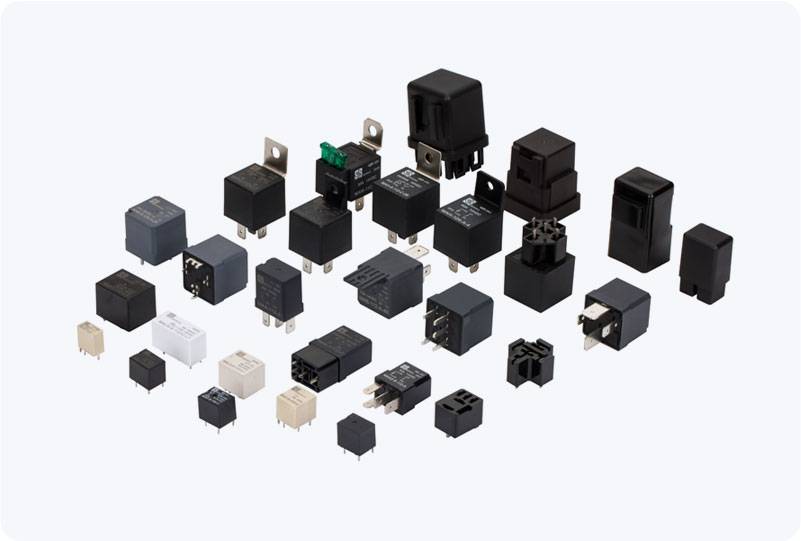exploring the dual relay module: a versatile solution for low-voltage control of high-voltage devices
Release time:2025-10-21 05:33:30
The Dual Relay Module is a popular and versatile component widely used in various electronics and automation projects. It provides a simple and efficient way to control high-voltage devices using low-voltage control signals, making it an essential tool for engineers, hobbyists, and makers. Whether you're building an automated home system or experimenting with robotics, this module offers a reliable solution for controlling devices like motors, lights, and appliances.

What is a Dual Relay Module?
At its core, a Dual Relay Module consists of two independent relays that allow you to control two separate devices with one module. Each relay is essentially an electrically operated switch that can turn on or off an electrical circuit. The relays on this module are controlled by low-voltage signals, typically 5V, and they can switch high-voltage electrical circuits, usually up to 250V AC or 30V DC, depending on the module specifications.
The most common use of a Dual Relay Module is in conjunction with microcontrollers, such as Arduino or Raspberry Pi. These microcontrollers typically work at low voltages (3.3V or 5V) and can’t directly handle high-voltage AC or DC circuits. The relay module bridges this gap, allowing a microcontroller to control devices running on household voltages safely and efficiently.

